
Thursday September 3, 2020 | VICTORIA, BC
by Mary P Brooke, editor | Island Social Trends
To support B.C.’s COVID-19 response for K-12 education, the federal government is providing $242.4 million in one-time funding for the 2020-21 school year, with the first half of the payment expected to be received in September.
Funding will be distributed to public school districts based primarily on student enrolment, with allocation of funds in particular areas being left up to the local school districts.
B.C.’s Ministry of Education is initially disbursing $101.1 million to school districts and $8.0 million to independent schools.
The remaining $12.1 million will be held in reserve for emerging COVID-19 related issues between September and December 2020, said Education Minister Rob Fleming today in an early-afternoon livestreamed media session.
The ministry is expected to receive up to an additional $121.2 million in January from the federal Safe Return to Class Fund, which will be disbursed to school districts at that time.
Political push from BC:
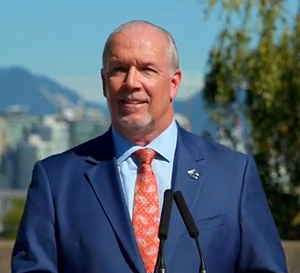
The $2 billion federal Safe Return to Class Fund for provinces is a windfall, generated largely by the leadership of BC Premier John Horgan among his first-minister peers.
Education is a provincial jurisdiction and there is almost no precedent for the federal government providing substantive funding to K-12 education in Canada.
The case for an exception was made in recent weeks by Horgan and other premiers that a safe restart for schools would be a fundamental element of success for economic activity in the fall months of 2020, and the prime minister came through in support of that.
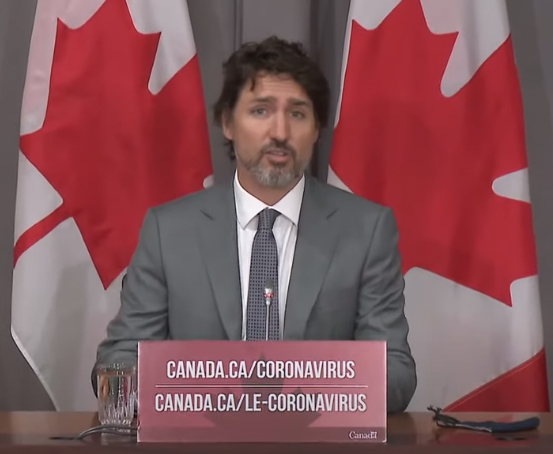
Prime Minister Justin Trudeau and Horgan had an official phone call on September 2 about COVID-19 and the education fund in particular. “The Prime Minister thanked Premier Horgan for his important contributions to the 17 First Ministers’ discussions held since the outset of the pandemic,” said Trudeau in a statement from his office yesterday.
Provinces have a vested interest in safe return to school next week as part of maintaining a stable economy in which parents can go back to work. This will help alleviate some pressures on the social support payments (mostly federal) but help with various tax revenues to provinces with people back out earning and spending money.
The Safe Return to Class Fund was allocated to provinces based on student-to-general-population ratio.
Low COVID-19 levels will help in schools:
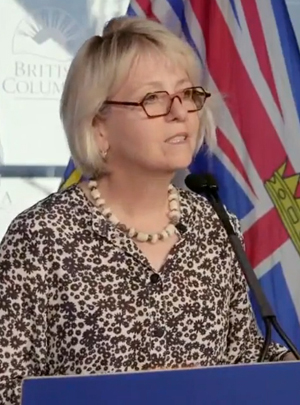
Instrumental to a safe school restart is the public health piece. Provincial Health Officer repeated today that a low rate of COVID-19 transmission in the community will be reflected in a low incidence of COVID cases in schools this fall.
The annual influenza season will ramp up later this month, overlaying additional health concerns on top of COVID symptomology.
Dr Henry does expect outbreaks in schools but says that public health is prepared to deal with each situation.
Teacher and parent concerns:
The BC Teachers Federation (BCTF) has been vocal in recent days about wanting more funds for remote learning, and now also says there should be more direction from the ministry about the funds being used for hiring more teachers.
Most parents who have concerns seem most interested in class size (that it should be small and well-space out) and also having a robust remote learning option.
While there hasn’t been much choice in the matter given the ever-changing impositions due to the COVID-19 virus, there is also overall expression of concern about decisions being hasty and last-minute.
Majority of students returning to class:
BC’s 60 school districts contacted families after a directive from Minister Fleming on August 26. It was learned that overall about 80% of students will be returning to in-class learning (which came as good news to Premier Horgan).
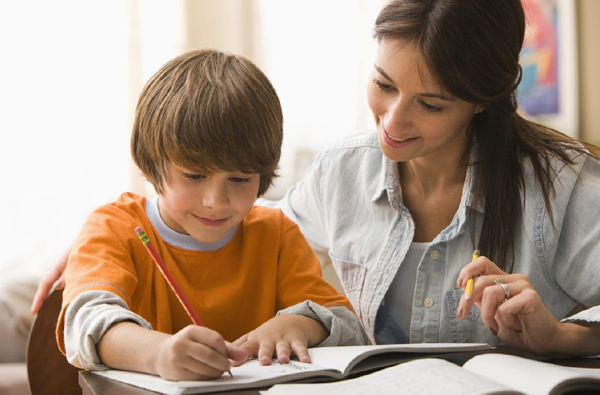
However that means a full one-fifth of students in BC will be learning at home (either remote as guided by a teacher through the school district or full home-schooling as guided by parents in the role of teacher). Most parents are making this choice for the obvious precautionary health reasons. By default, the number of students staying home does help keep in-class levels of student numbers a bit lower than would otherwise be the case.
Fleming said that the funding can be used to by school districts to: hire and train more teachers and support staff for remote learning; purchase additional software licences, electronic course materials and textbooks; purchase computers or tablets; and create Wi-Fi hubs and internet access in remote and Indigenous communities.
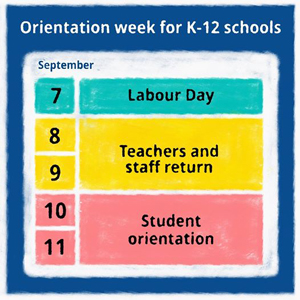
Teachers are to return to schools right after the Labour Day long weekend, using September 8 and 9 for setting up classrooms and learning the health and safety protocols. Students will be phased in with various types of orientation on Thursday and Friday September 10 & 11. Full-on back to school is to start Monday September 14.
Wide range of options:
School districts and independent schools will be able to spend the funding in the following areas, based on local needs:

Learning resources and supports
- Implementation of online and remote learning options
- Hiring additional teachers and staff
- Training for staff
- On-call teachers costs and other on-call staff
- Mental health support for students and staff
Health and safety
- Increasing staff and covering salary costs for additional hours needed to meet health and safety guidelines in schools
- Improving air systems in schools, such as heating, ventilation and air conditioning improvements, portable air scrubbers and increased utility costs
- Increasing hand hygiene, including additional handwashing and hand sanitizing stations, installing touchless faucets or additional supplies
- Installing plexiglass and other barriers, providing outdoor learning spaces, and adapting classrooms and school buses to minimize physical contact
- Purchasing additional cleaning supplies such as sprayers or fogger machines for frequent cleaning and disinfecting high-touch surfaces
- Purchasing additional masks, face shields or other PPE as needed
Transportation
- Cover additional transportation costs to have fewer students on buses and/or to accommodate new school schedules and additional routes
- Supporting alternative transportation strategies, such as assisting with gas costs for parents who transport their children to school
Before- and after-school child care
- Opening up more space and covering the cleaning costs for before- and after-school care so that groups can be smaller and to ensure students can remain within their learning groups
- Additional staff to support before- and after-school care during the pandemic
These one-time provincial and federal COVID-19 funding investments build on the record levels of funding schools are already receiving, with $546 million of new money in B.C.’s Budget 2020 for K-12 education.
===== Quick Facts:
- The federal government has committed to provide provinces and territories $2 billion in new federal funding to support the adaptation of the education sector to ensure a safe return to class in the fall.
- B.C.’s Ministry of Education has developed a five-stage approach to operate schools, depending on risk of transmission and guidance from the provincial health officer. This helps school districts know what to expect if there is a significant change to school operations required as part of B.C.’s response to the COVID-19 pandemic.

===== Learn More:
Back-to-school plans, learning groups and health and safety guidelines:
https://www2.gov.bc.ca/gov/content/education-training/k-12/covid-19-return-to-school


